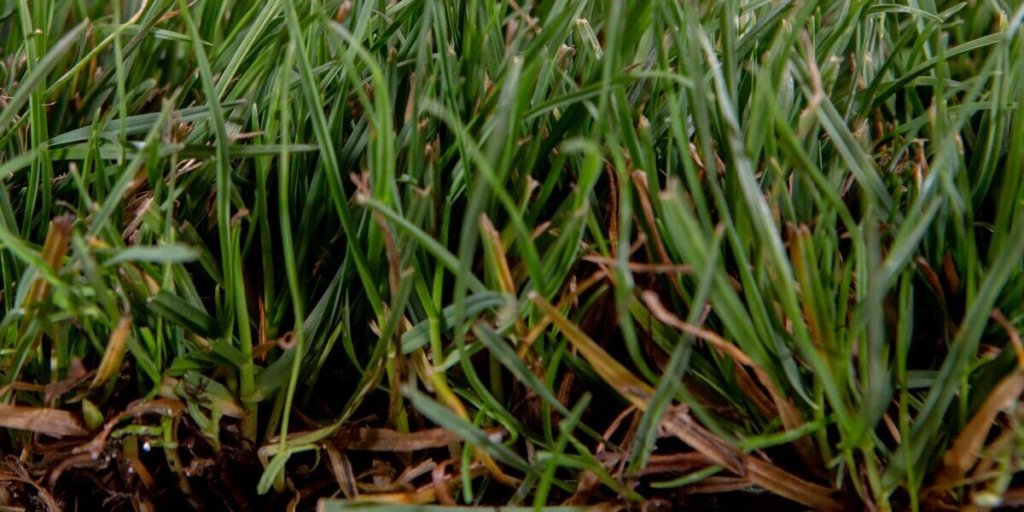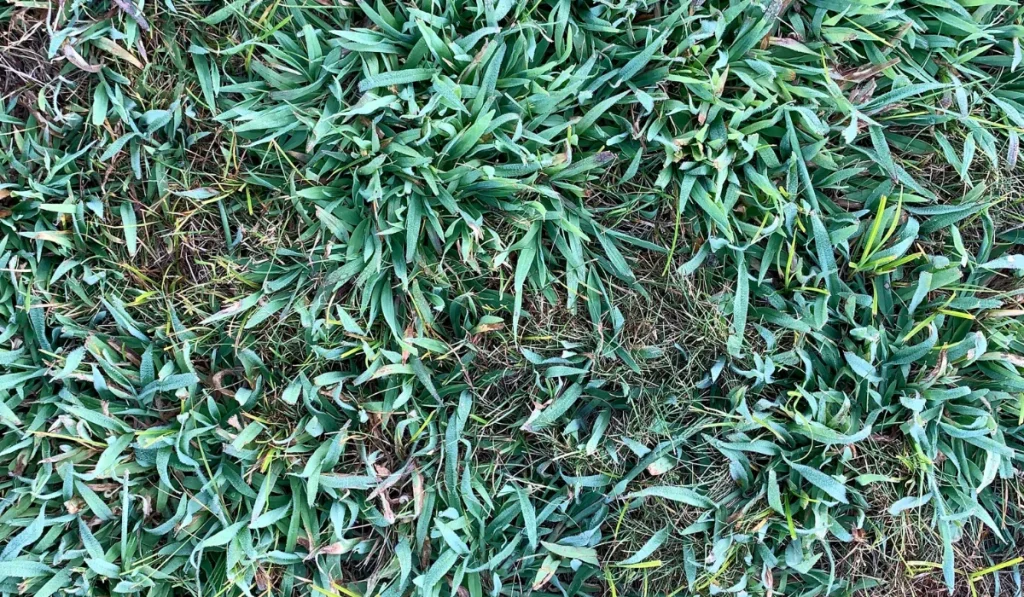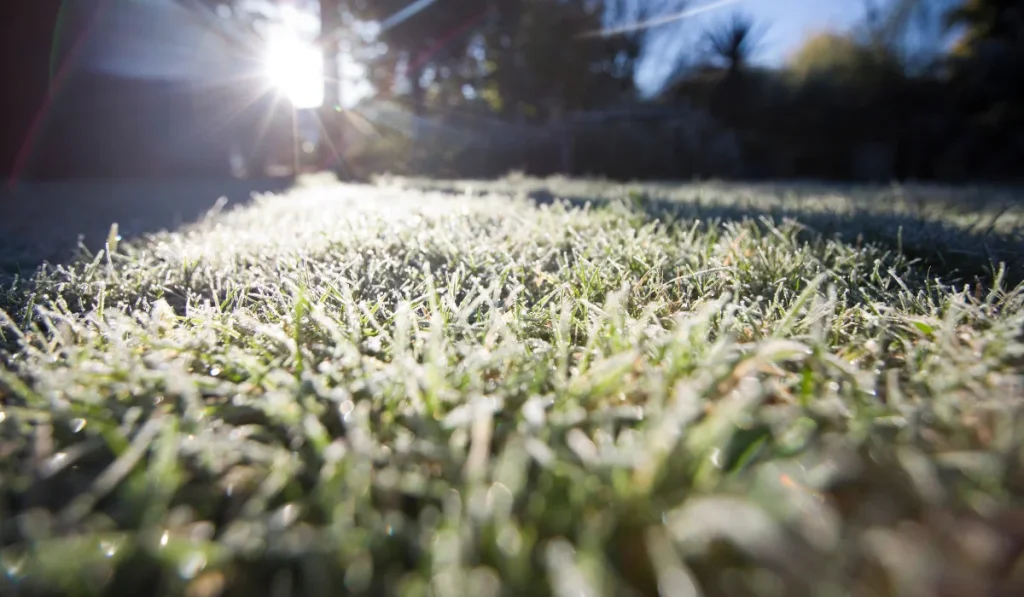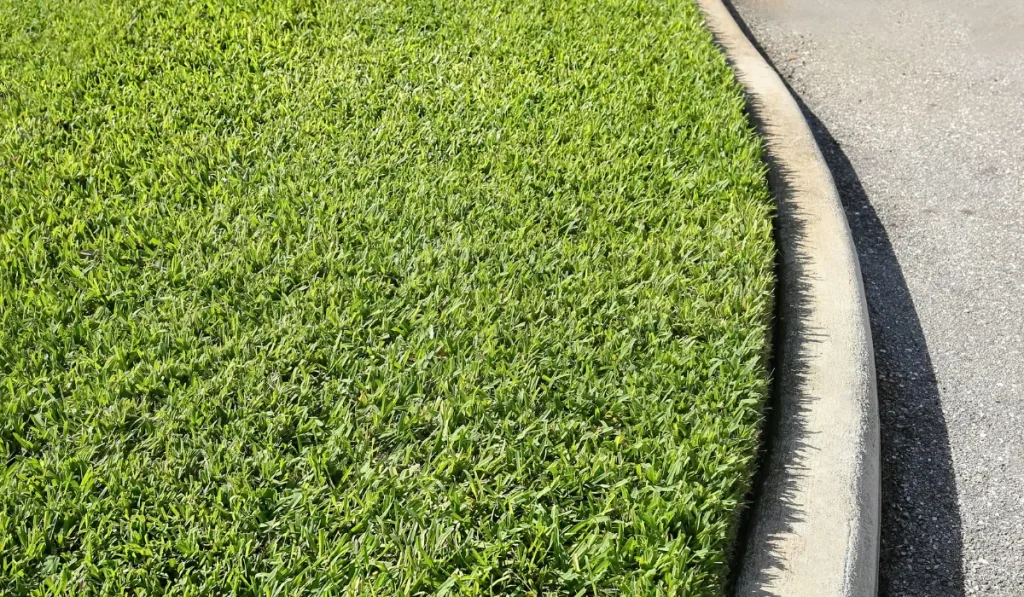It’s that time of year when the grass starts to turn green and the birds begin to chirp.
But have you ever wondered if the same plants come back each year? Can you expect the same green color on your lawn grass, or will you need to replant?
Let’s take a look at why it might be a perennial favorite.
Key Takeaways
- Ryegrass is a cool-season grass that is best planted during the cooler months.
- Like other types of grasses, it’s necessary to engage in good lawn care habits like regularly mowing, fertilizing, and watering your lawn to ensure that it comes back every year.
- Whether ryegrass will come back depends largely on whether you’ve planted perennial or annual ryegrass seed, as well as how well the lawn grass was cared for by the property owners in the season before.
What Is Ryegrass?
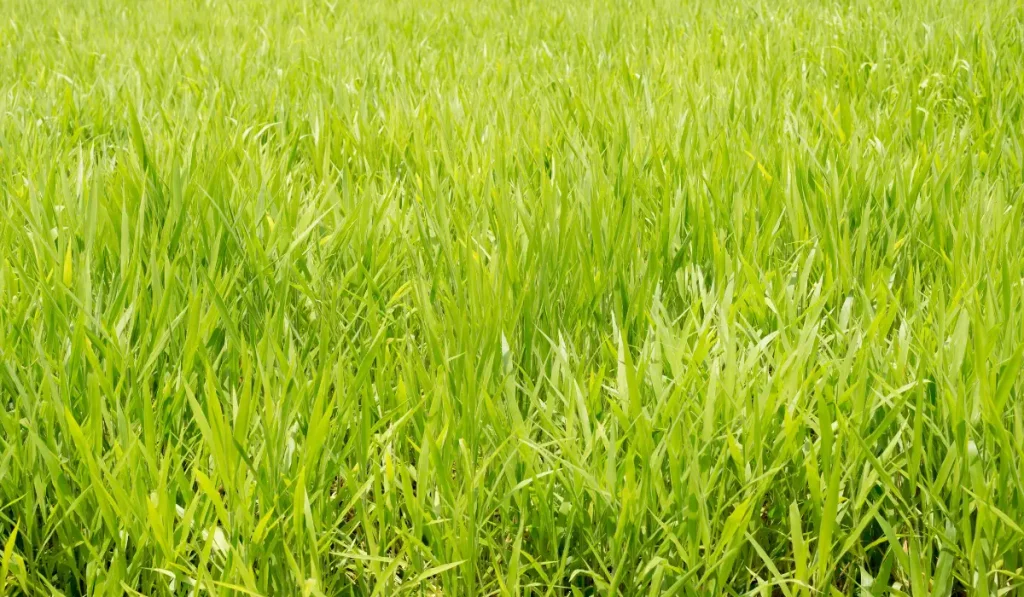
Ryegrass is found in many places around the world. It is a cool-season perennial that thrives in temperate climates and can be used for grazing livestock or cutting for hay. It is also a popular choice for lawns. Especially using it as an overseed to a warm season grass like Bermuda.
In fact, ryegrass has been used as feedstock for livestock since ancient times. Its deep roots make it highly resistant to drought, in its natural form, making it ideal for farmers and ranchers looking to protect their herds from the effects of climate change.
When talking about ryegrass, there are two distinct types: annual ryegrass and perennial ryegrass.
Annual ryegrass (Lolium multiflorum) grows quickly but only lasts one season before dying off. Perennial ryegrasses (Lolium perenne), on the other hand, have deeper roots and can survive multiple seasons if properly managed and watered.
As such, perennial varieties are more popular with farmers and landscapers who want to maintain a healthy, lush lawn year round.
Ryegrasses are known for their hardiness and ability to withstand harsh climates, making them an excellent choice for farmers looking to protect their crops from unpredictable weather patterns caused by climate change.
Also, they are nitrogen-fixing plants which means they help enrich the soil with essential nutrients over time. This makes them perfect for maintaining nutrient-rich farmland for years to come.
On top of that, they require minimal maintenance once planted, so they’re great for those looking to keep their yard or farm upkeep manageable without sacrificing quality results.
Will Ryegrass Come Back Every Year?
So does ryegrass die back or will it come back? Much of this has to do with the type of ryegrass you are growing as a turfgrass, as well as the soil temperature and other conditions.
Below, we’ll explore the factors that influence the life cycle of ryegrass so you can decide if it’s the right choice for you as a landscaping plant or cover crop.
Annual vs. Perennial
The type of ryegrass and the hardiness zone it’s planted in will determine if it comes back every year.
Taking the environment into account is key, as annual ryegrass prefers cooler and shady areas, while perennial ryegrass will not do well when temperatures get colder or when in shady locations.
Perennial ryegrass seed can be planted in hardiness zones 5-7, while annual Ryegrass prefers hardiness zones 4-9. Plant accordingly!
Annual Ryegrass Naturally Dies Back in the Late Spring or Early Fall
Annual ryegrass naturally dies back in the late spring or early fall due to temperatures below freezing or warmer conditions. So if your winters are mild enough, you may see some regrowth in subsequent years without needing to reseed any new patches.
However, if you have cold winters with temperatures dropping below freezing for extended periods of time, then your annual ryegrass may not survive this period and require yearly reseeding if you want to keep it on your property.
Does Not Handle Hot or Humid Environments Well
Ryegrass is renowned as an incredibly versatile grass capable of growing in a variety of climates and conditions. However, it has its limitations too: warmer, more humid environments are not ideal for this temperamental plant. It germinates best at around 50 degrees Fahrenheit.
In these areas, ryegrass might not be able to thrive, or may just not survive at all; meaning that you have to reseed your lawn every year if you’d like to keep the lush color and feel.
If you live in such an environment, the best way of dealing with ryegrass is to choose native plants which are adapted to the environment and require less tending throughout the season, saving time, energy and money without sacrificing aesthetics.
May Require Yearly Reseeding…
It’s important to note that, despite the benefits of ryegrass, it still typically requires yearly reseeding, especially in intensely used areas such as high-traffic playgrounds or sports fields.
Although reseeding can be costly and time-consuming, strategically replanting ryegrass in sections allows owners to enjoy the cost and energy savings associated with reduced water, fertilizer and pest control without sacrificing the beauty of their lawn or pasture.
…But It Can Reseed Itself and Germinates Quickly Under the Right Conditions
Ryegrass has something called “endophytes”—microscopic organisms living within the plant—that allow it to reproduce quickly and easily under the right conditions—namely sunny days and moderate temperatures.. In fact, this grass type is prized for its fast germination despite its relatively short lifespan.
This means that even if you don’t actively propagate new patches of ryegrass each season, there’s still a chance that some seeds will take root on their own to create a brand new lawn!
Choosing the Best Ryegrass for Overseeding Your Lawn
If you’re thinking about overseeding your lawn with ryegrass, you’ve made a smart choice. However, you need to put some thought into which type of ryegrass you’ll plant.
You can use either perennial or “turf type” annual ryegrass to overseed with. However, it’s important to note that perennial ryegrass is green and grows year-round, but annual ryegrass will only grow for a single cool season before dying back in the summer. Annual ryegrass is what we use to over seed our Bermuda sods in the winter when the Bermuda goes dormant and turns brown. This gives us the ability to have a green sod year round when Bermuda goes dormant/brown in the winter.
Perennial ryegrasses, particularly perennial ryegrass blends, offer high levels of heat, salt, and drought-tolerance. They tend to have compact growth habits that withstand short mowing heights.
That said, perennial ryegrass can stunt recovery in the spring and reduce bermudagrass growth if you continually reseed with it every year.
Because of that, you may want to apply a selective herbicide to kill the perennial ryegrass without killing the bermudagrass if you want to make sure you have a balanced blend of grass species growing on your lawn. This is a common practice for high-traffic areas like golf courses and athletic fields.
An alternative is to grow a grass like BREAKOUT with STT. This unique and new annual ryegrass is commonly used to overseed warm season grasses. It also allows for the quick establishment of groundcover on cool-season turf.
To decide which kind of ryegrass to use for overseeding your lawn, think carefully about what other kinds of grasses you might have growing and how you plan to use that area. This will play a big role in your selection.
Factors That Can Affect the Return of Ryegrass
Climate, Weather, and Type of Ryegrass
The climate and weather can play a big role in whether your ryegrass comes back, but remember that it’s still going to come back to the type of ryegrass you’re growing.
Annual ryegrass is a grass that typically grows in temperate climates between 40°N and 40°S. It’s a hardy grass that is well suited for climates that are consistently mild with average amounts of rainfall.
Too much rain can cause the soil to become waterlogged, while too little rain can cause it to dry out quickly. Additionally, too much heat will cause the grass to go dormant or die off altogether. For best results, aim for an average temperature between 15-20°C (60-68°F).
Perennial ryegrass is also a hardy grass that’s well suited for temperate climates between 40°N and 40°S. However, unlike annual ryegrass, perennial grass loves cooler temperatures and has been known to survive even in sub-zero conditions!
However, too much cold or heat can adversely affect the growth of this type of grass, so you need to pay attention to the changing temps throughout the year if you want your perennial rye crop to thrive.
Soil Fertility
Another key factor when it comes to growing ryegrass is soil fertility. If the soil has low fertility, you won’t get optimal yields from your crop. You need to ensure that your soil has enough nutrients such as nitrogen, phosphorus and potassium for your plants to grow healthily.
Also consider other micronutrients such as zinc, iron and copper which can also help increase yields. Adding organic matter like manure or compost can also help improve soil fertility over time.
Maintenance & Care
How you care for your ryegrass can also have a significant impact on its return. If you have been taking steps to ensure that your ryegrass is healthy throughout the year, such as regularly mowing it at the right height and providing adequate nutrients, then you should see a great return rate this season.
On the other hand, if you have neglected or mistreated your lawn or garden then you may not see much of a return at all. It’s important to remember that regular maintenance is key when it comes to giving your plants the best chance of survival!
Ultimately, whether or not your ryegrass will come back every year really depends on how it was planted and where you live.
If you planted perennial ryegrass from seed and the weather has been favorable, then there’s a good chance that the hardy grass will return annually so long as you tend to it properly and take care of your soil conditions. Otherwise, reseeding or overseeding might be necessary for a nice, green lawn.
